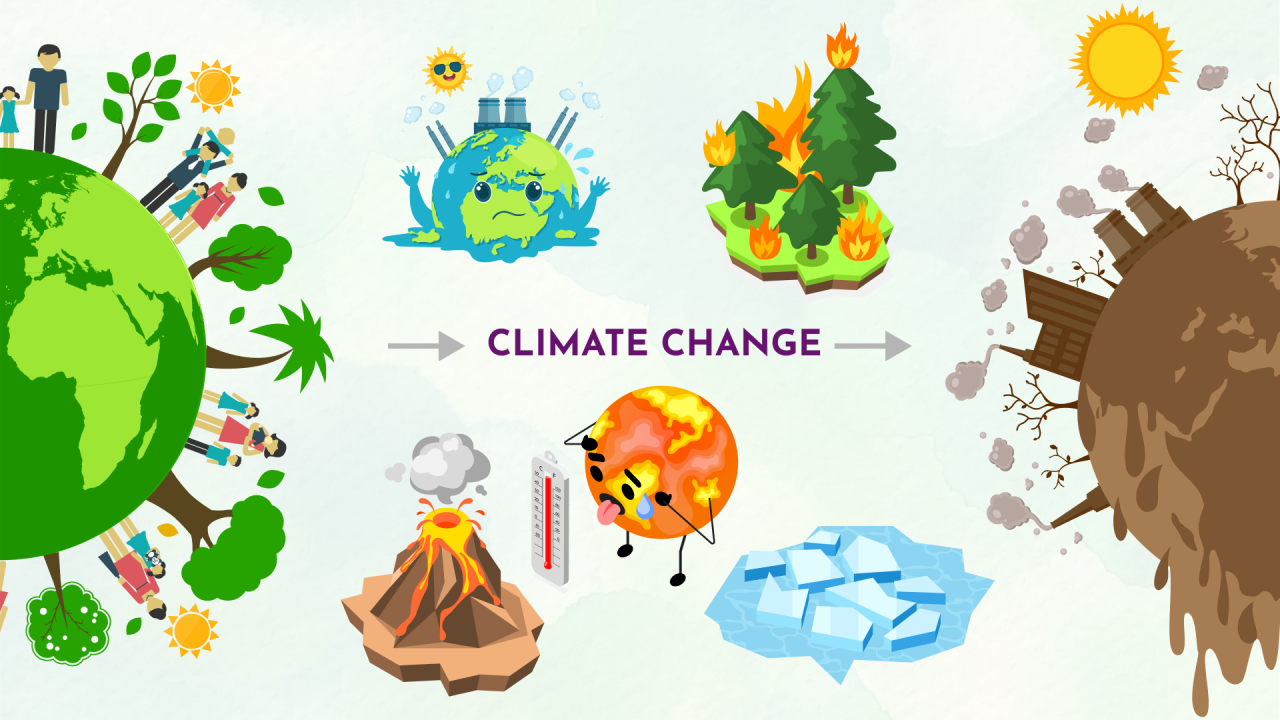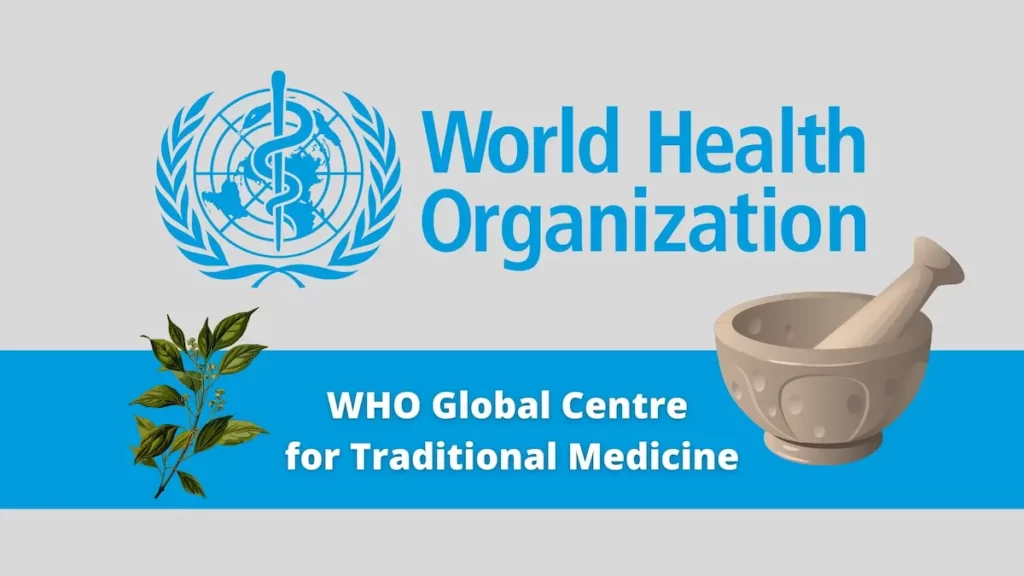Font size:
Print
IMD Rules Out El Nino for 2025 Monsoon
Context:
The India Meteorological Department (IMD) has ruled out the possibility of an El Nino during the upcoming southwest monsoon season, indicating neutral conditions in the central equatorial Pacific Ocean.
El Nino and Monsoon Forecast
- No El Nino in 2025: IMD has ruled out El Nino, which is known to reduce monsoon rainfall in India.
- Neutral Conditions: The Pacific Ocean is expected to remain in a neutral phase, meaning no significant temperature rise.
- Historical Trends:
- 2023 (El Nino year) saw a 6% monsoon rainfall deficit.
- 2024 (Neutral year) witnessed an 8% monsoon surplus.
- Caution with Neutral Conditions: While neutral conditions generally do not reduce rainfall, past instances have shown that below-normal rainfall can still occur.
- Official Monsoon Forecast: The IMD will release its first monsoon forecast in April, with updates following as the season progresses.
Extreme Summer Heatwave Prediction (April – June 2025)
- Above-Normal Temperatures Expected: India is set to experience higher-than-average summer temperatures before the monsoon.
- Heatwave Days: On average, India records 4-7 heatwave days annually. Eastern India could see up to 10 heatwave days in 2025.
- Regions Affected:
-
- Most of north and east peninsular India
- Central India, eastern India, and northwest plains
- East and central India adjoining peninsular India (especially in April)
Impact of Global Warming
- In March 2025, several parts of central and southern India recorded above-normal temperatures.
- IMD attributes the increasing heat to global warming and climate change.
IMD’s detailed monsoon forecast in April 2025 will provide further clarity on the rainfall distribution and potential impacts.
El Niño
- El Niño is a phenomenon where trade winds weaken, pushing warm water eastward toward the west coast of the Americas.
- El Niño causes a shift in the Pacific jet stream, which moves south of its neutral position.
- This shift results in:
-
- Drier and warmer conditions in the northern U.S. and Canada.
- Wetter and flooding conditions in the U.S. Gulf Coast and Southeast.
- Overall, El Niño leads to wetter conditions in the Southern U.S. during winter, while the North experiences warmer and drier weather.
- Impact on Marine Life:
- Under normal conditions, upwelling brings cold, nutrient-rich water to the surface, supporting marine life.
- During El Niño, upwelling weakens or stops, reducing the nutrients available at the surface and leading to fewer phytoplankton.
- This lack of nutrients affects fish populations that rely on phytoplankton, disrupting the entire marine food chain.
- Warmer waters during El Niño can also bring tropical species, such as yellowtail and albacore tuna, into areas that are typically too cold for them.


